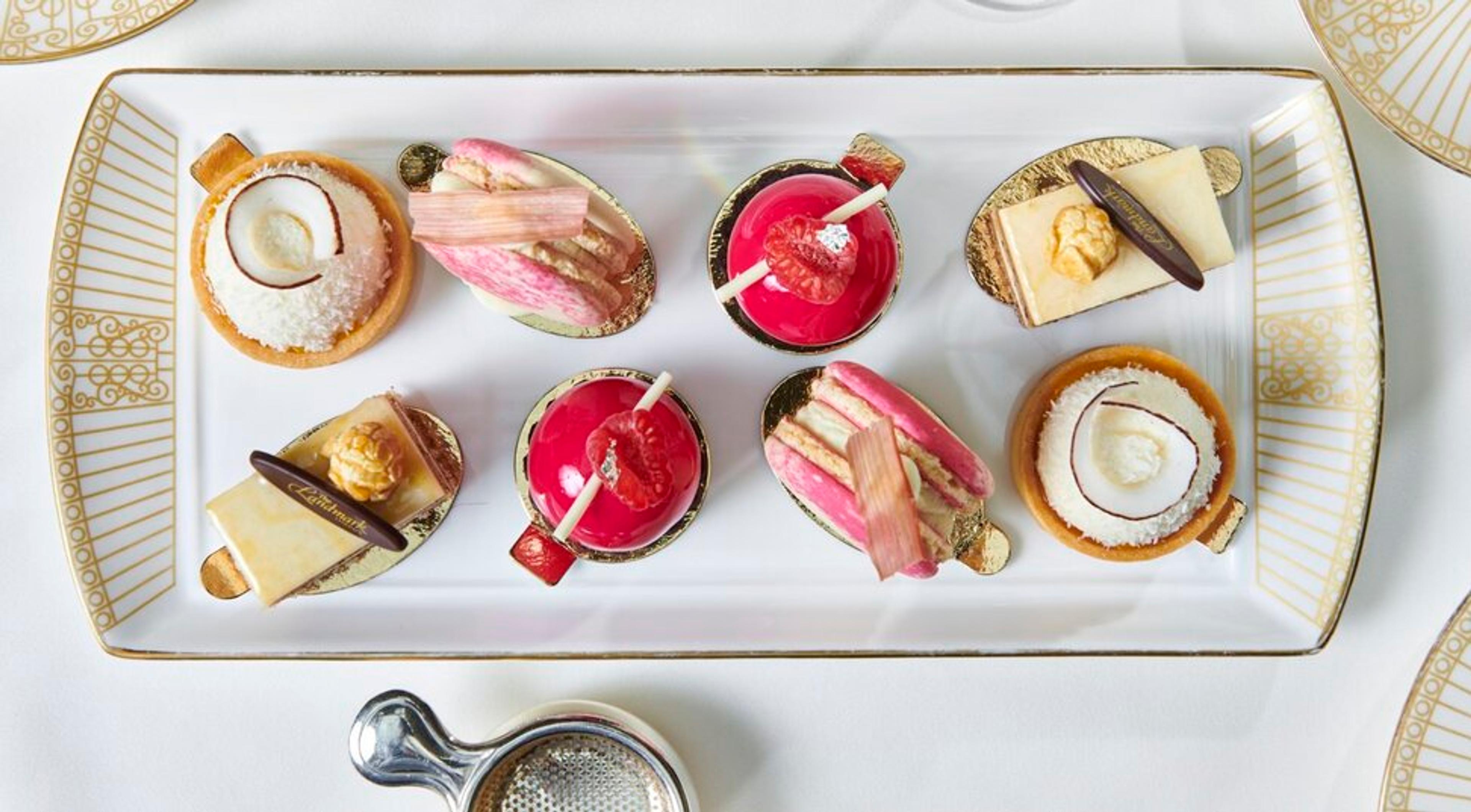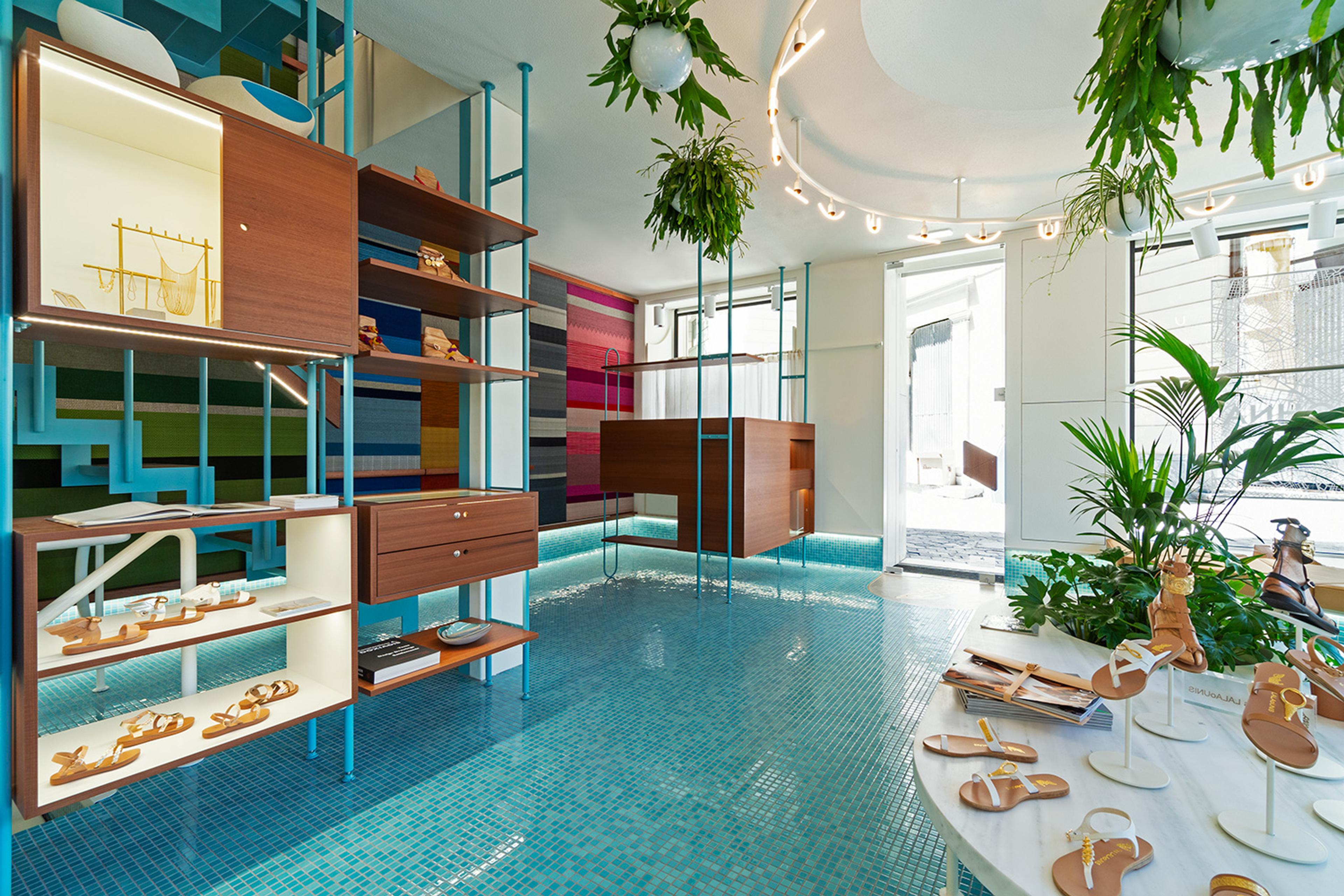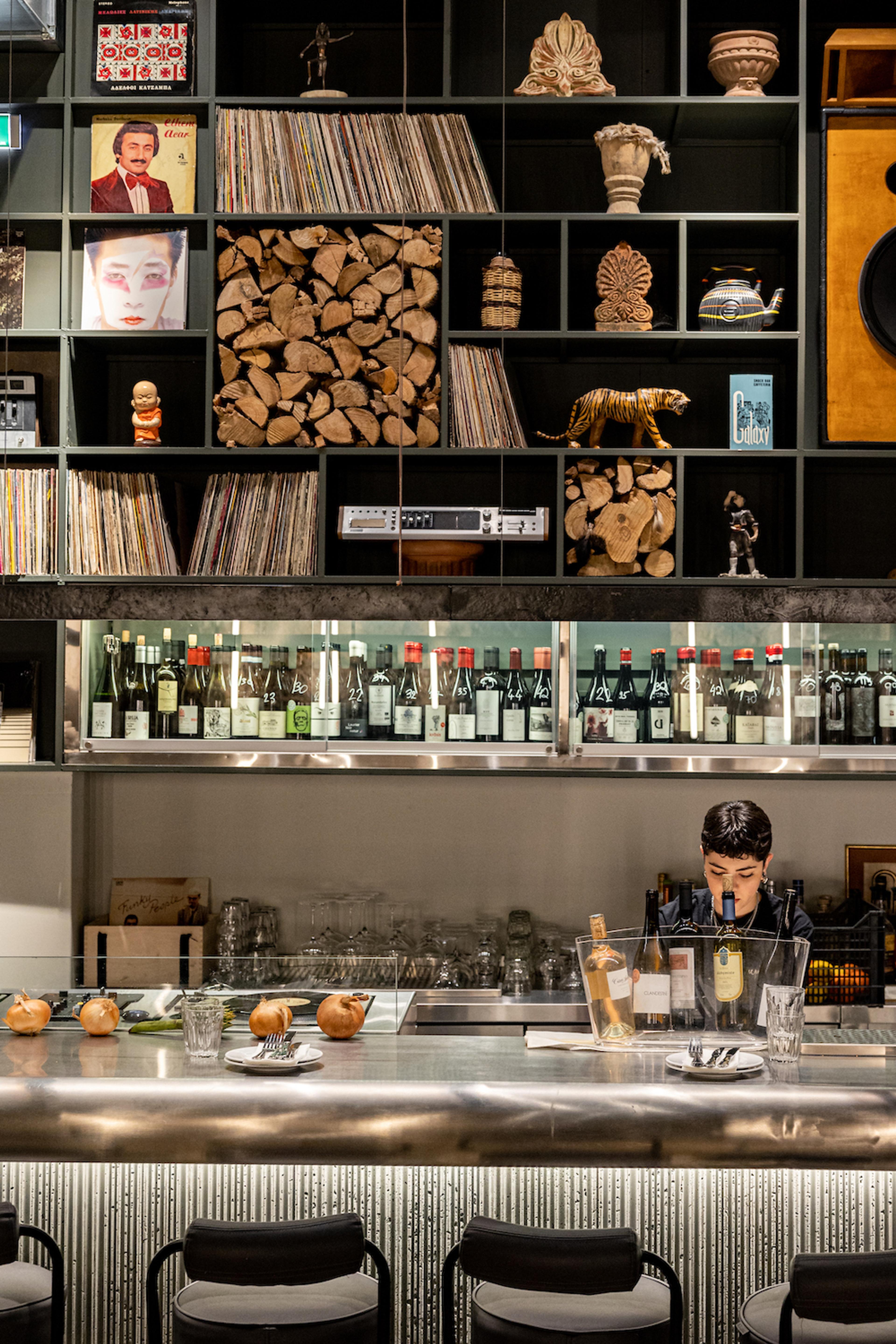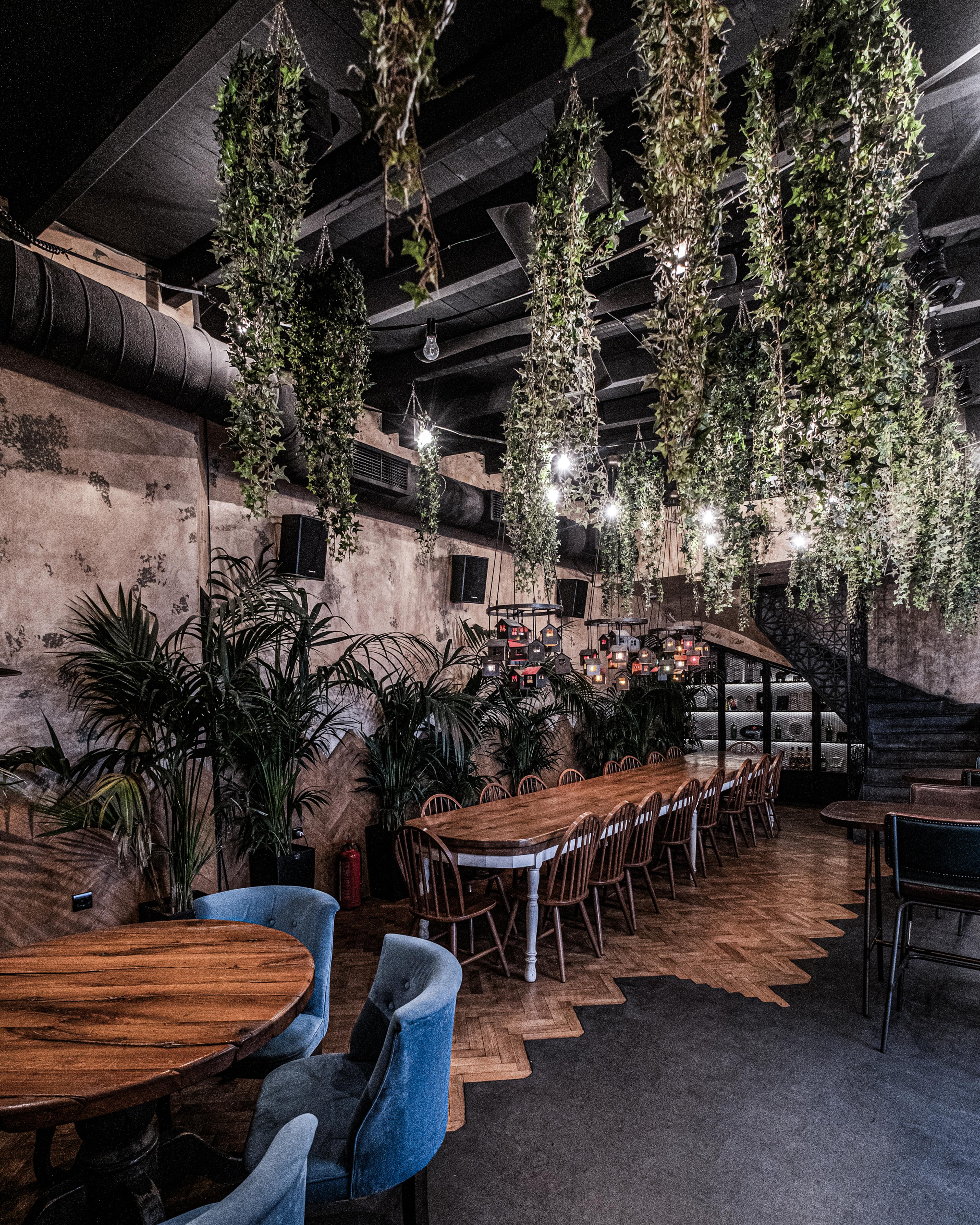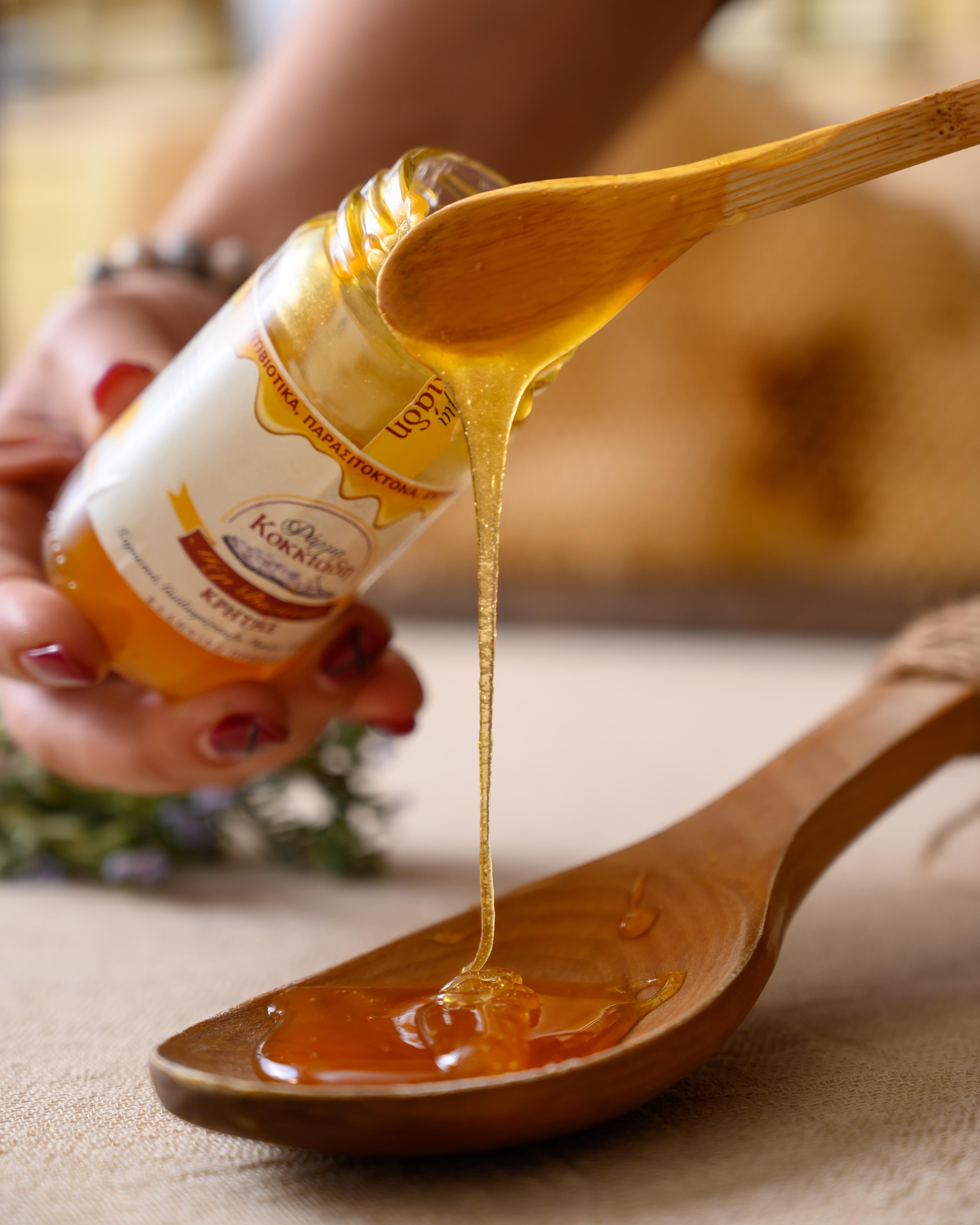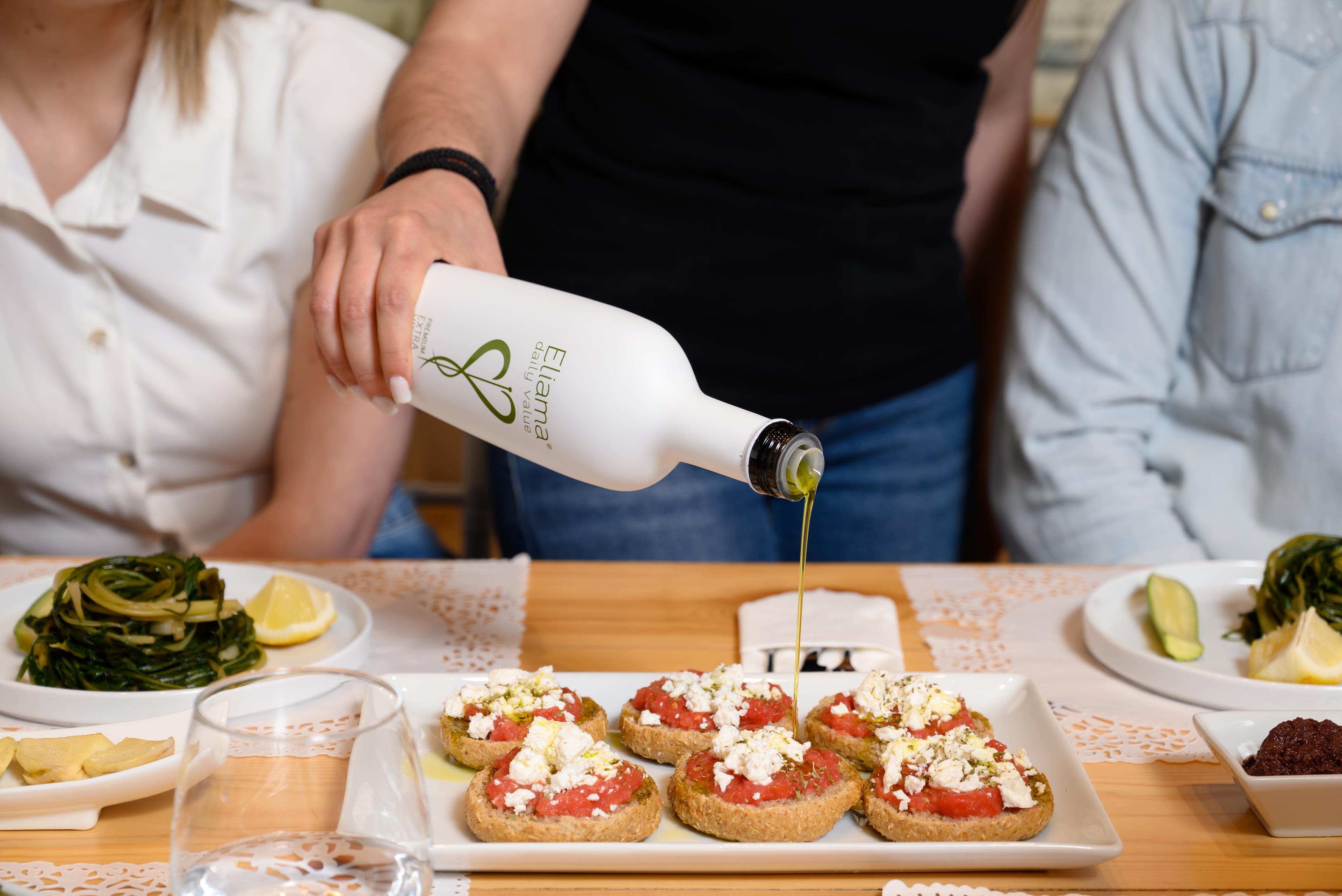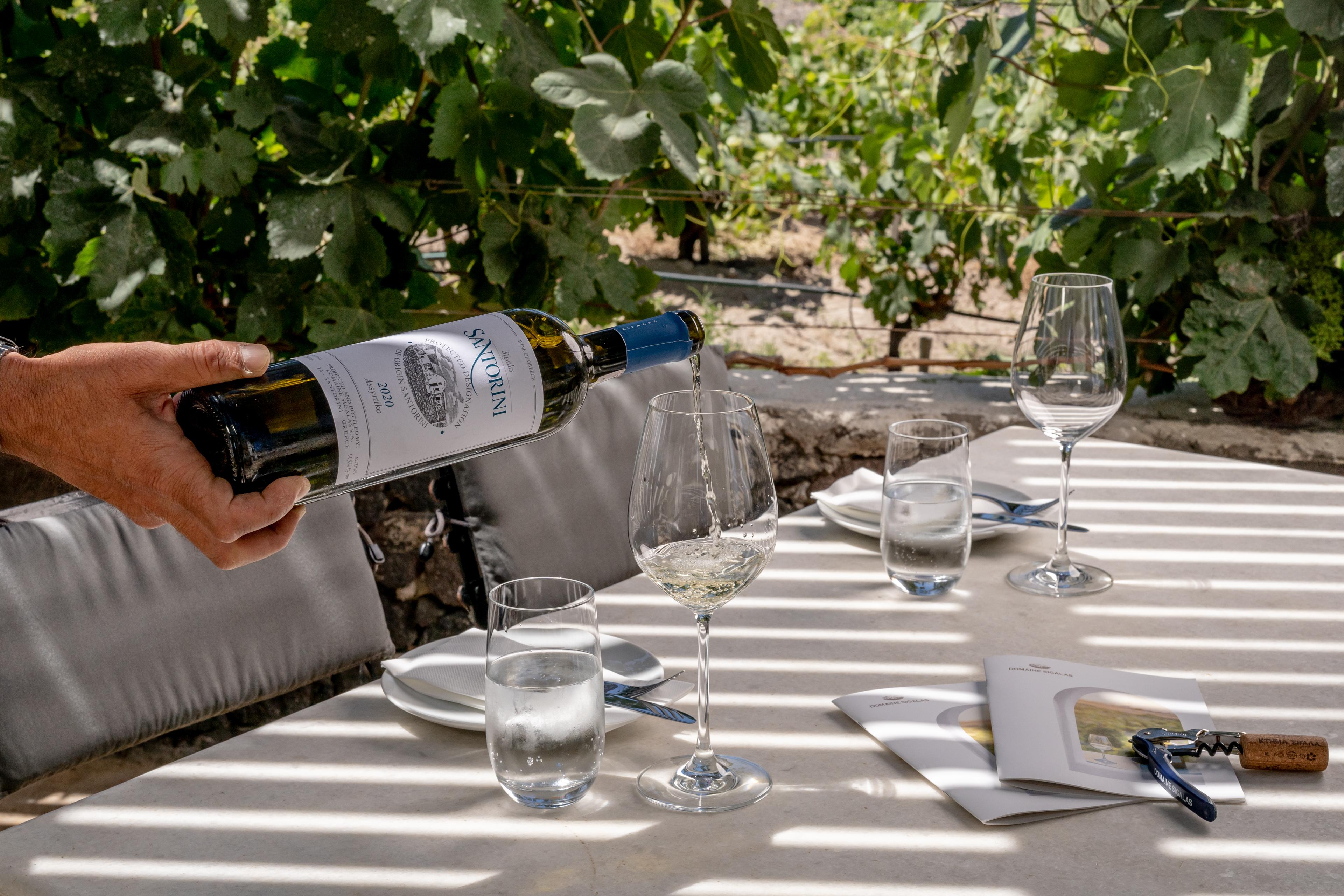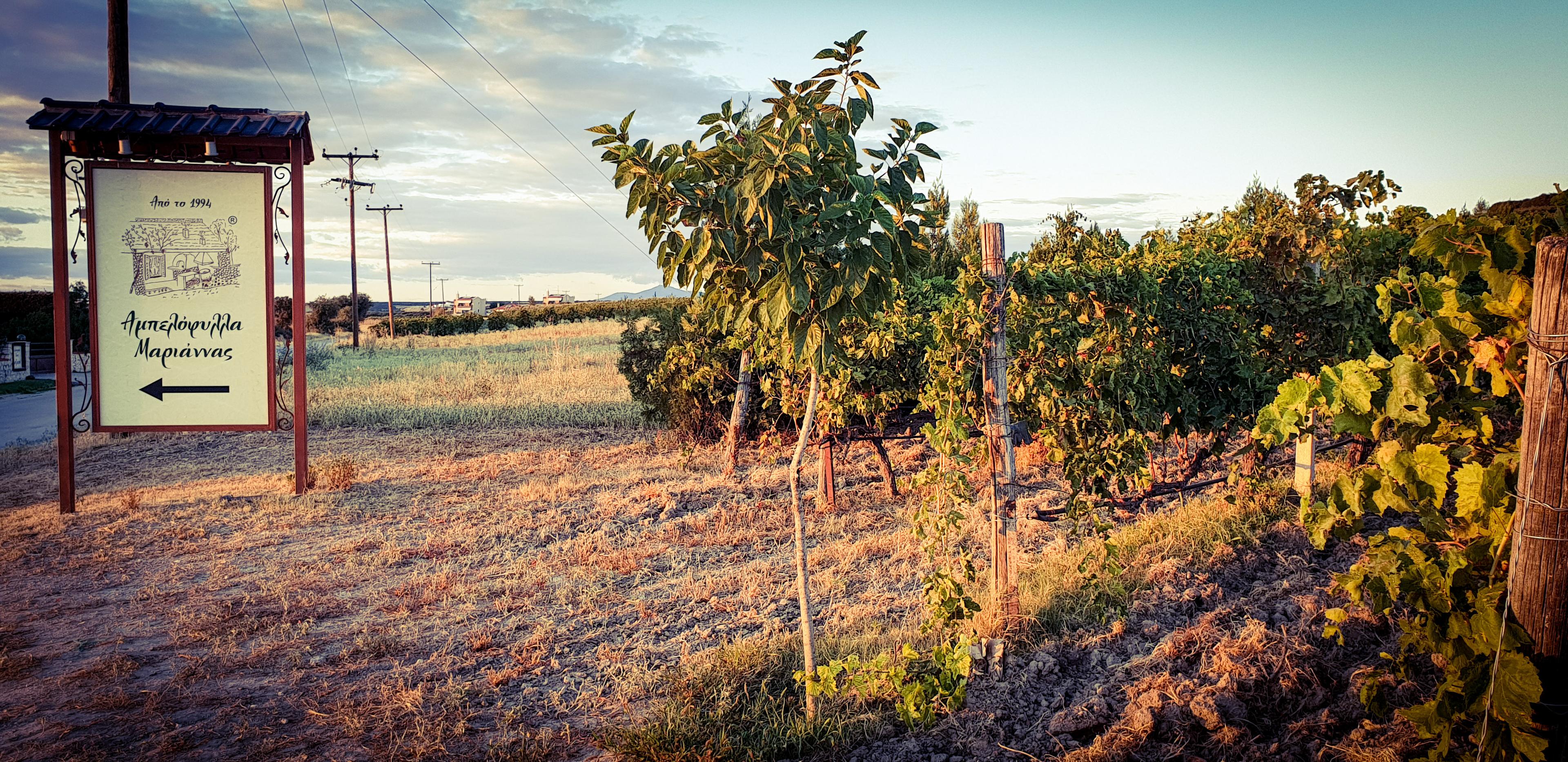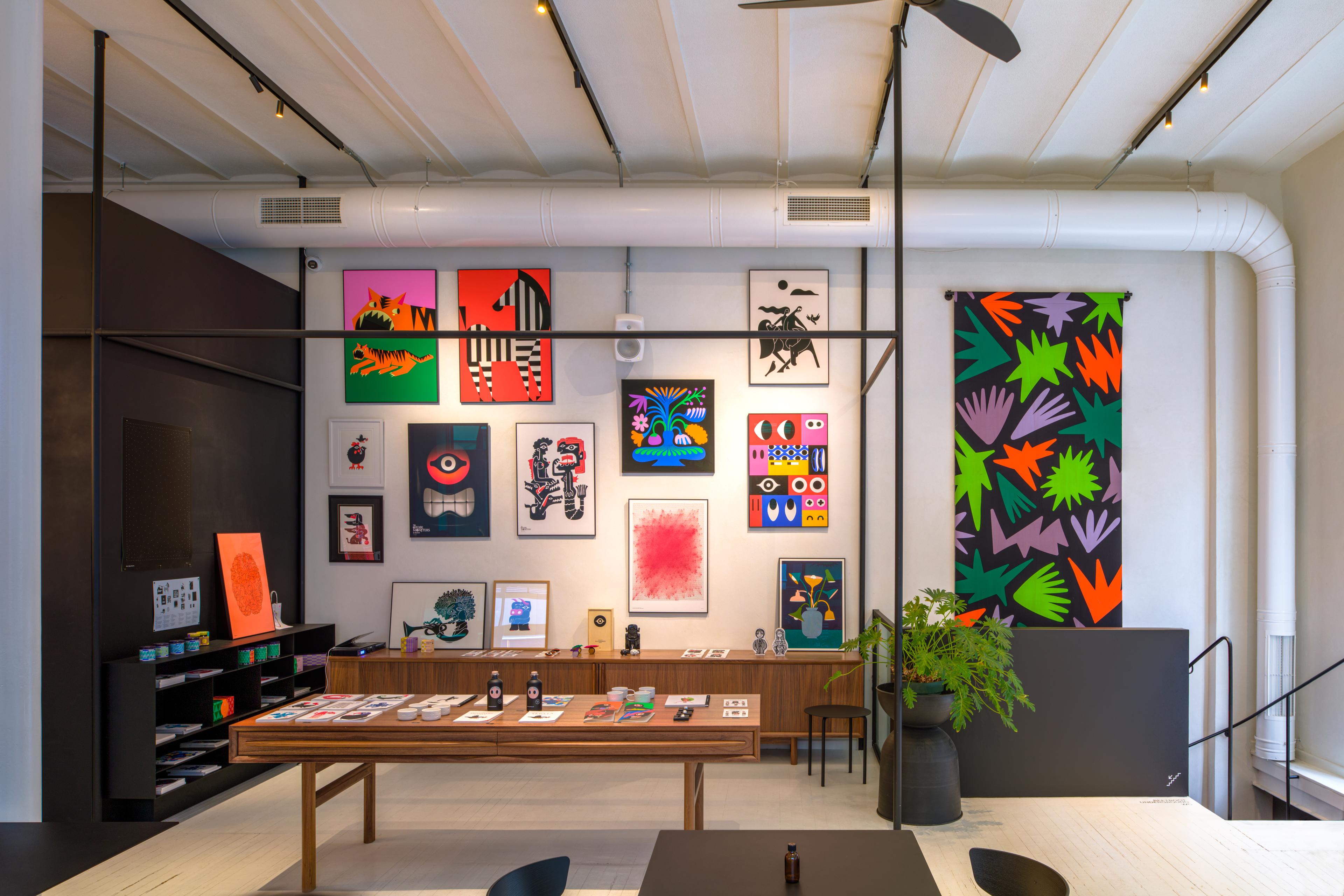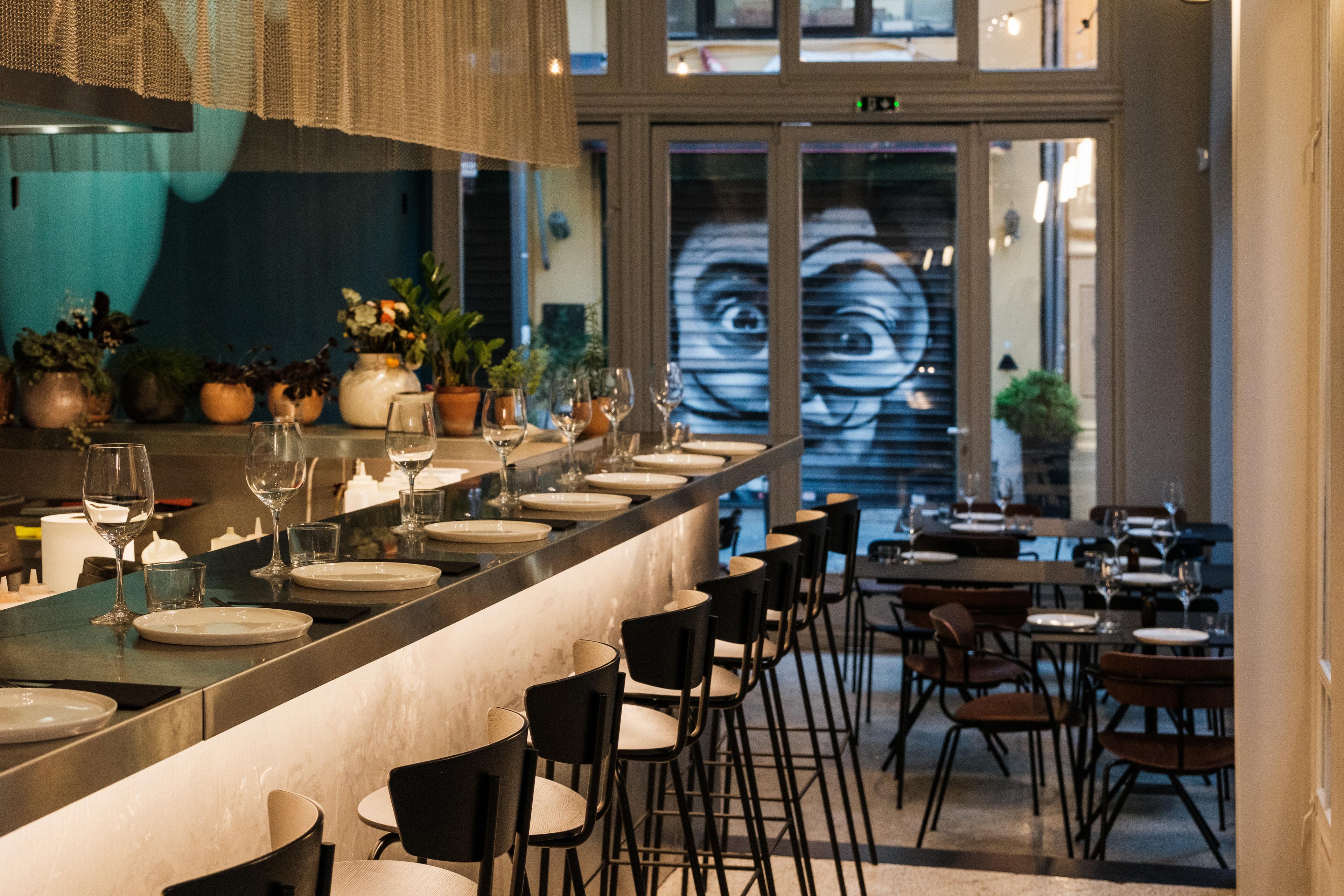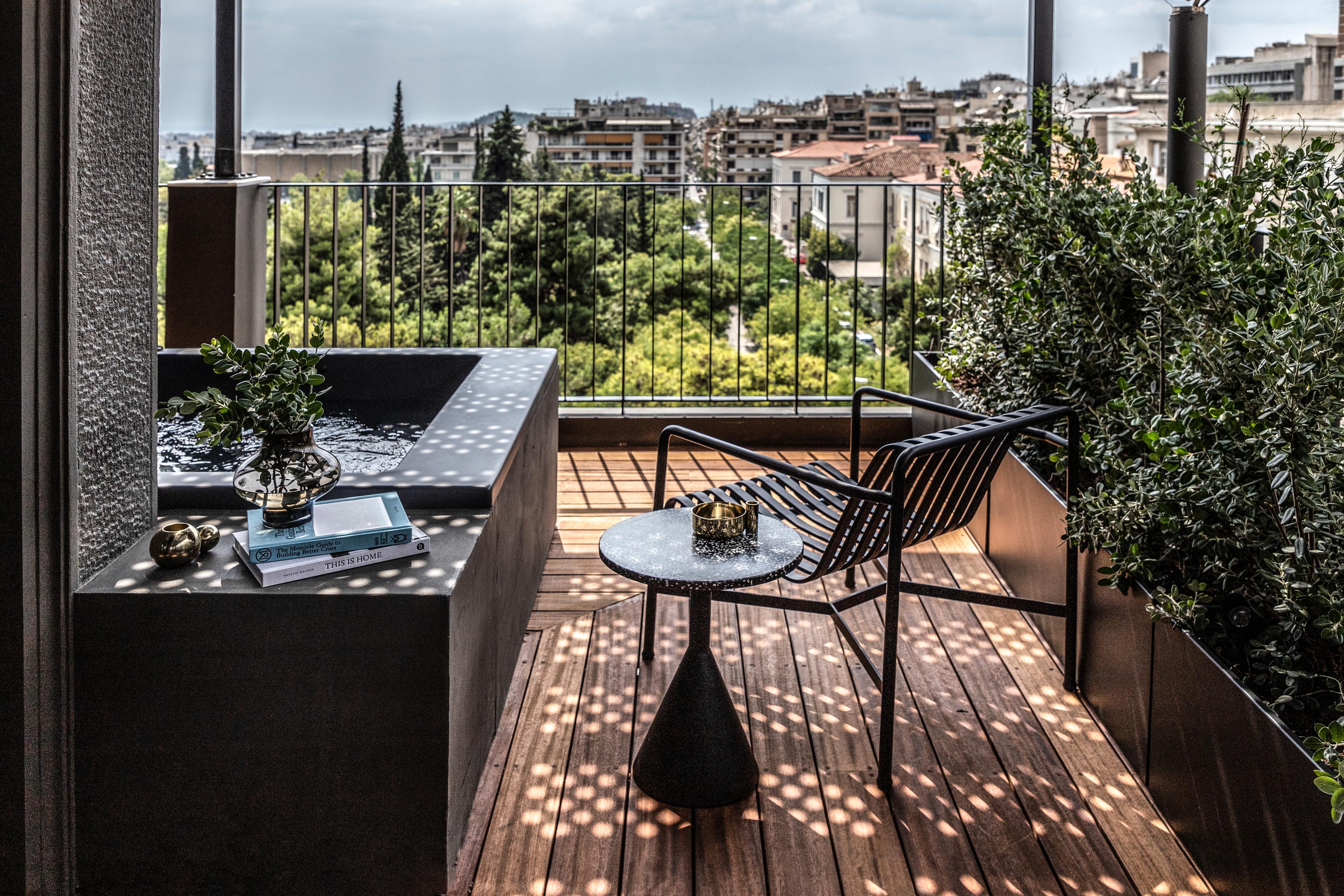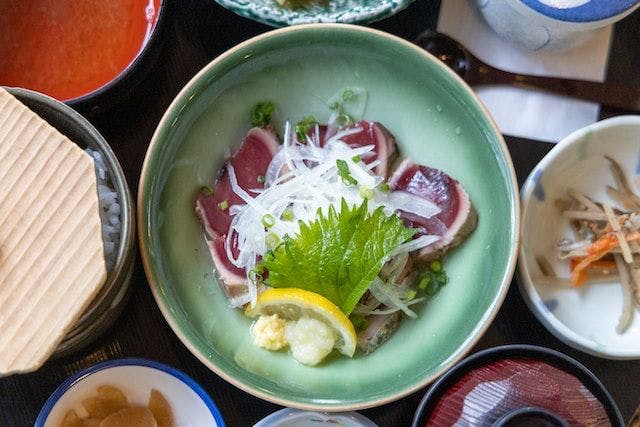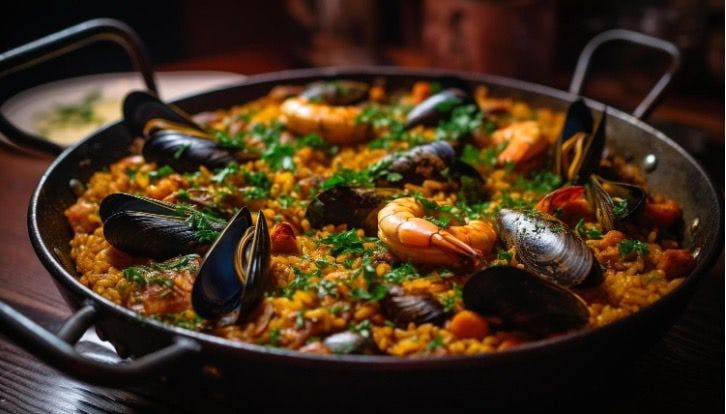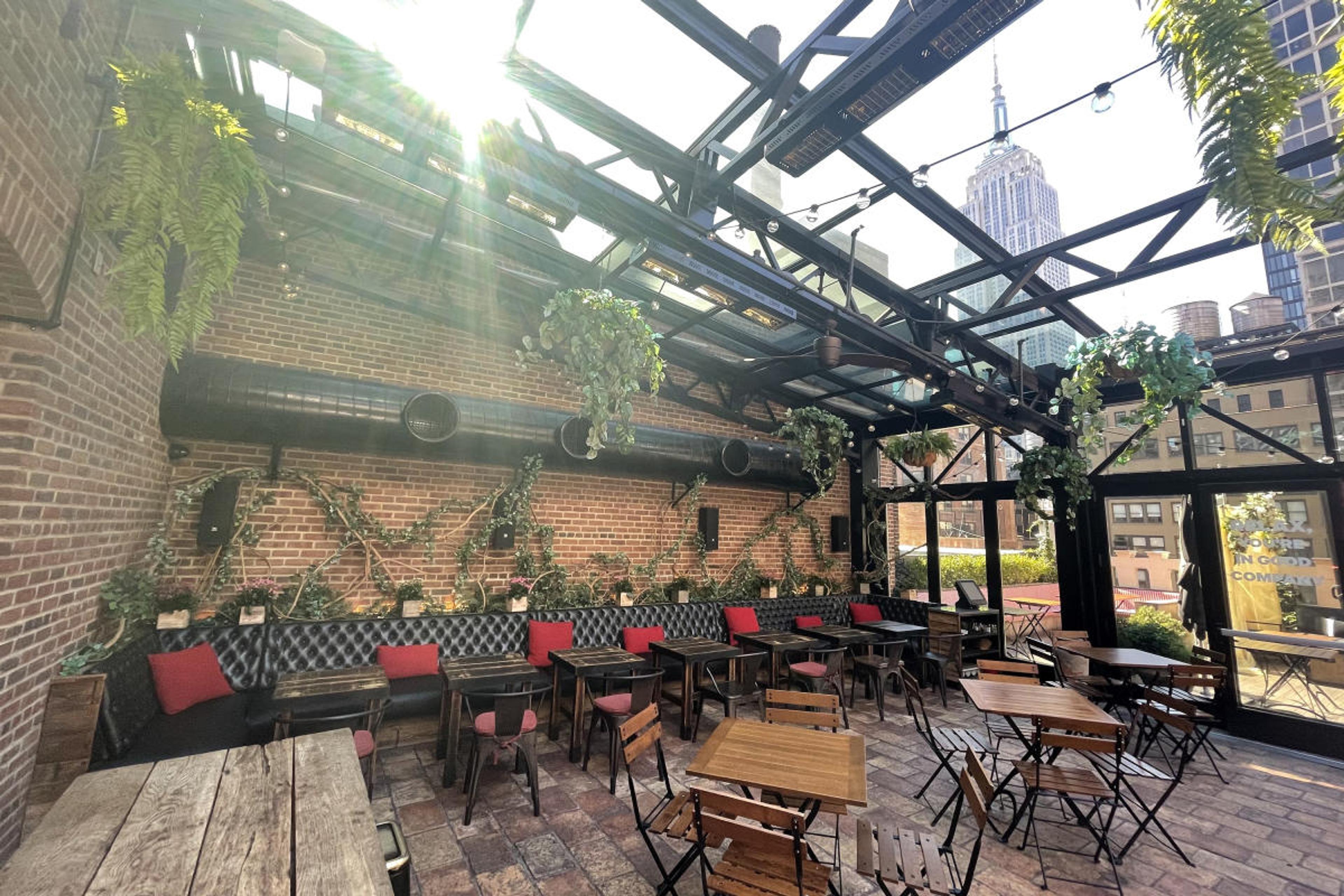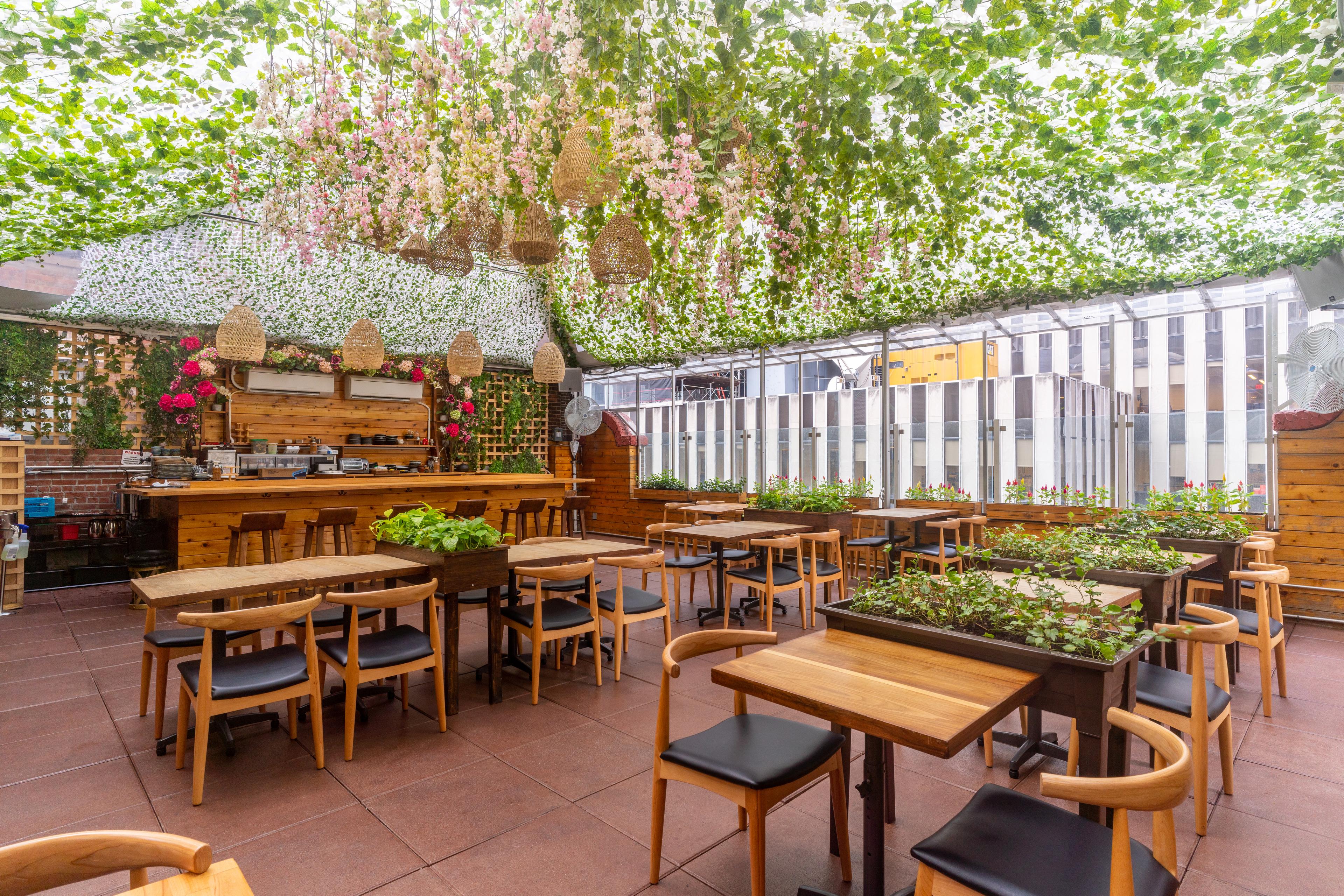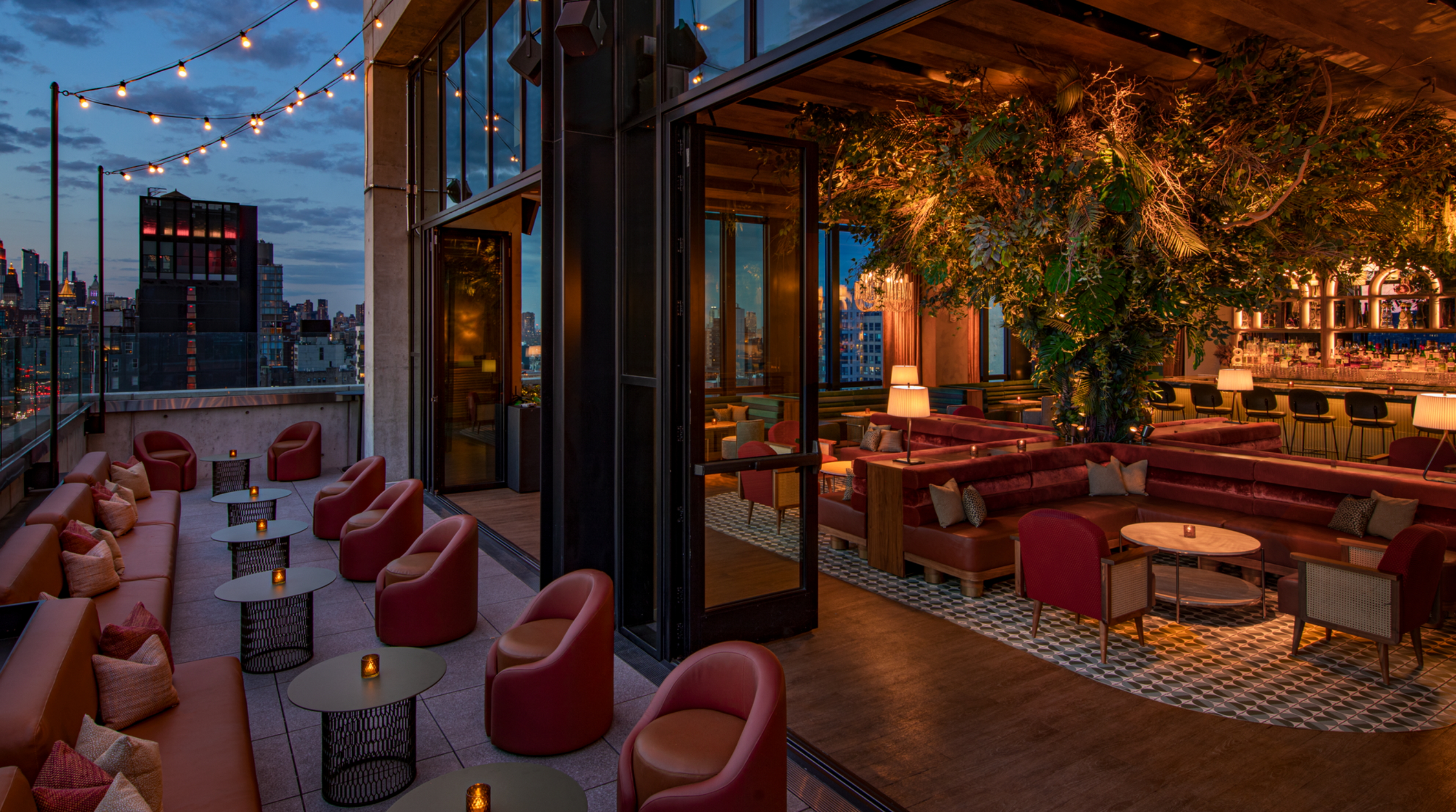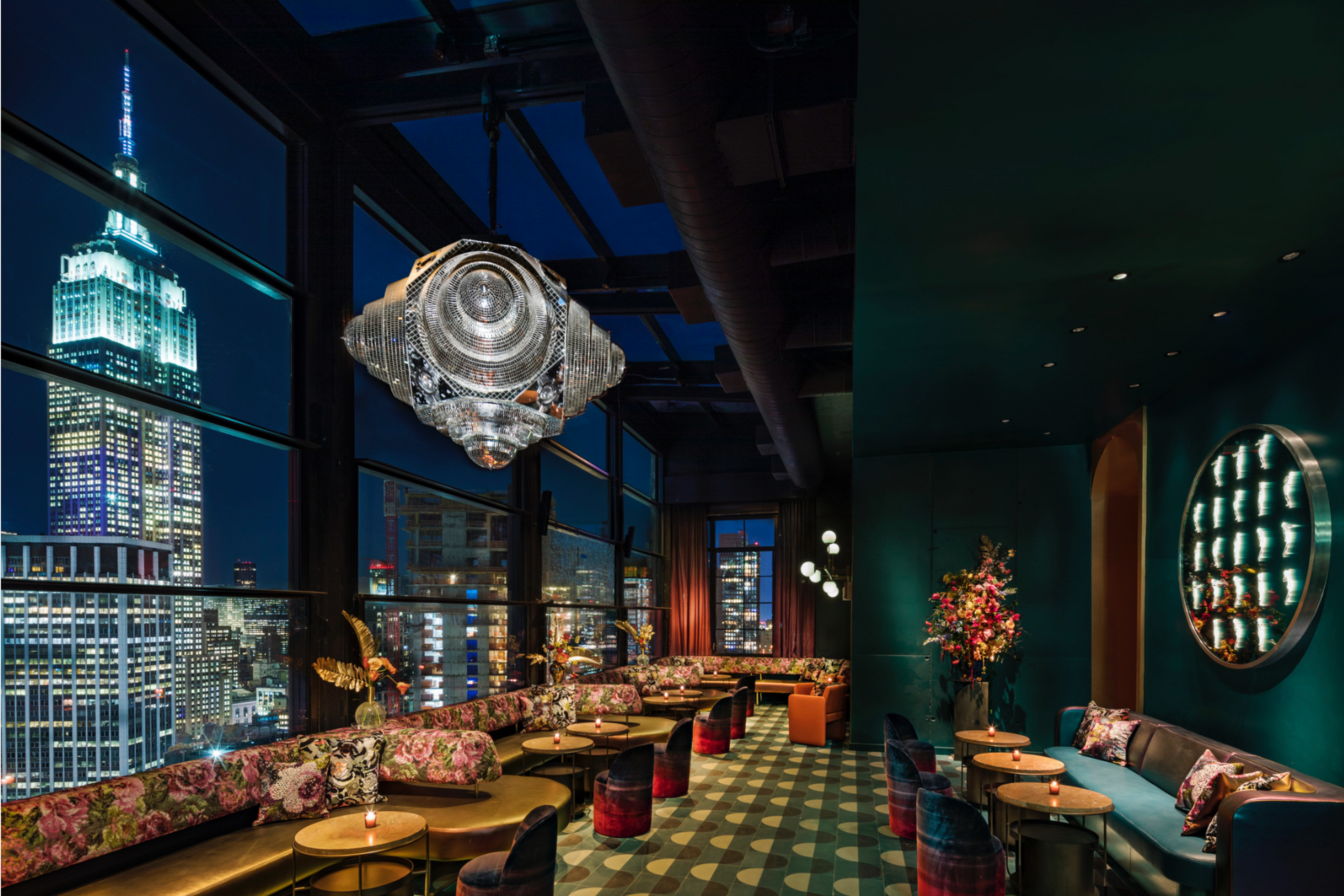Spain is a gastronomic paradise, with a rich and diverse culinary tradition. Spanish cuisine is influenced by the country’s history and geography, as well as its unique climate and culture. From the tapas bars of Madrid to the Michelin-starred restaurants of Barcelona, Spanish food is sure to please even the most discerning palate.
Some of the most popular Spanish dishes include paella, tapas, jamón ibérico, and gazpacho. Paella is a rice dish that is typically cooked with seafood, chicken, or vegetables. Tapas are small plates of food that are perfect for sharing. Jamón ibérico is a type of cured ham that is considered to be one of the finest in the world. And gazpacho is a cold soup made from tomatoes, cucumbers, and bread.
Spanish food is also known for its use of fresh ingredients. The country’s Mediterranean climate allows for the cultivation of a wide variety of fruits, vegetables, and herbs. This abundance of fresh produce is reflected in Spanish cuisine, which often features simple, light dishes that are packed with flavor.
The Mediterranean diet, which is based on the traditional foods of Spain and other Mediterranean countries, has been shown to have a number of health benefits. These benefits include a reduced risk of heart disease, stroke, and cancer.
Spanish food is becoming increasingly popular around the world. Restaurants that serve Spanish cuisine can be found in cities all over the globe. And Spanish food products, such as olive oil, jamón ibérico, and Spanish wines, are also becoming more widely available.
Exploring The Regional Flavors of Spain
Spain is a country with a rich culinary history, and each region has its own distinct flavors. Here are a few of the most popular dishes from each region:
Catalonia: Tapas, seafood, and Catalan cream are all popular dishes in Catalonia. Tapas are small plates of food that are perfect for sharing, and seafood is fresh and abundant in this region. Catalan cream is a delicious dessert made with milk, sugar, and eggs.
Andalusia: Gazpacho, paella, and churros are all popular dishes in Andalusia. Gazpacho is a cold soup made with tomatoes, cucumbers, and bread. Paella is a rice dish cooked with seafood, chicken, or vegetables. Churros are fried dough sticks that are often dipped in chocolate.
Basque Country: Pintxos, seafood, and Basque cheesecake are all popular dishes in the Basque Country. Pintxos are small snacks that are similar to tapas. Seafood is fresh and abundant in this region. Basque cheesecake is a delicious dessert made with cream cheese, sugar, and eggs.
Galicia: Octopus, empanadas, and Albariño wine are all popular dishes in Galicia. Octopus is a popular seafood dish in this region. Empanadas are savory pies that are often filled with meat or seafood. Albariño is a white wine that is produced in Galicia.
Valencia: Oranges, paella, and horchata are all popular dishes in Valencia. Oranges are grown in abundance in this region. Paella is a rice dish cooked with seafood, chicken, or vegetables. Horchata is a sweet drink made from tiger nuts.
A Glimpse into Traditional Spanish Dishes
Spanish cuisine is known for its variety and its use of fresh ingredients.These are just a few of the many delicious dishes that represent Spanish cuisine. If you have the opportunity to try some, I highly recommend it!
1. Paella
Paella is a Spanish rice dish originally from Valencia. It is made with rice, saffron, chicken, rabbit, snails, vegetables, and sometimes seafood. The dish is named after the wide, shallow pan in which it is cooked.
Paella is thought to have originated in the 18th century in the Valencian region of Spain. It was originally a peasant dish made with whatever ingredients were available. Over time, paella became more elaborate and began to be served at special occasions.
Today, there are many different variations of paella. The most common type is paella valenciana, which is made with rice, saffron, chicken, rabbit, snails, vegetables, and sometimes seafood. Other popular variations include paella mixta (which includes seafood and meat), paella de marisco (which is seafood only), and paella vegetariana (which is vegetarian).
Paella is a popular dish both in Spain and around the world. It is often served as a main course or as a tapa. Paella is a delicious and versatile dish that can be enjoyed by people of all ages.
Here are some of the regional influences on paella:
In Valencia, paella is often made with rabbit and snails.
In Catalonia, paella is often made with seafood.
In Andalusia, paella is often made with pork and chorizo.
In Murcia, paella is often made with rice, vegetables, and fish.
No matter what the region, paella is a delicious and satisfying dish that is sure to please everyone.
2. Tapas
Tapas are small plates of food that are typically served in Spanish bars and restaurants. The concept of tapas is to share a variety of small plates with friends and family, while enjoying a drink or two.
Tapas are often served as a way to sample a variety of different dishes, and they can be a great way to try new things. Some popular tapas examples include:
Patatas bravas: potatoes in a spicy sauce
Jamón ibérico: thinly sliced cured ham
Croquetas: breaded and fried croquettes filled with meat, fish, or vegetables
Tortilla Española: Spanish omelet
Pimientos de Padrón: fried green peppers
Gambas al ajillo: garlic shrimp
Chorizo al vino: chorizo sausage in wine sauce
Queso manchego: Manchego cheese
Tapas are a great way to enjoy a casual meal with friends and family, and they are also a popular way to eat while out and about in Spain.
3. Gazpacho
Gazpacho is a refreshing Andalusian cold soup made from blended tomatoes, cucumbers, onions, garlic, olive oil, vinegar, and bread. It is typically served chilled, often with garnishes such as croutons, chopped vegetables, or hard-boiled eggs. Gazpacho is a popular dish in Spain and other Mediterranean countries, and it is often enjoyed as a light meal or snack. It is a healthy and refreshing soup that is perfect for a hot summer day.
It is also a versatile dish that can be easily customized to your liking. For example, you can add different vegetables, herbs, or spices to change the flavor. You can also make a thicker or thinner gazpacho by adjusting the amount of bread or water that you use.
4. Jamón
Jamón is a type of cured ham that is produced in Spain. It is made from the hind legs of pigs that have been raised on a special diet. The ham is then cured for a period of time, which can be anywhere from 6 months to 3 years. The longer the ham is cured, the more expensive it will be. Jamón is typically served thinly sliced and is often used as an appetizer or snack. It can also be used in sandwiches, salads, and other dishes. Jamón is a very popular food in Spain and is considered to be a national treasure. It is often referred to as “the ham of kings”.
Here are some interesting facts about jamón:
Jamón is produced in many different regions of Spain, each with its own unique flavor.
The most famous type of jamón is jamón ibérico, which is made from black Iberian pigs.
Jamón is a good source of protein and iron.
It is said that jamón can help to improve circulation and reduce the risk of heart disease.
Jamón is often served with a glass of sherry.
It is considered to be a delicacy in Spain and is often given as a gift.
If you have never tried jamón, I highly recommend giving it a try. It is a delicious and unique food that is sure to please.
5. Tortilla
Tortilla Española, also known as the Spanish omelet or Spanish potato omelet, is one of Spain’s most beloved and iconic dishes. This classic dish holds a special place in Spanish cuisine and is enjoyed by locals and visitors alike. Elaborately prepared with simple ingredients, the Tortilla Española has a rich history and has become a symbol of Spanish culinary tradition.
The main components of a Tortilla Española are eggs, potatoes, onions, olive oil, and salt. Some variations may include additional ingredients such as green peppers or chorizo, but the basic recipe remains consistent.
Tortilla Española is typically served at room temperature, making it an ideal dish for tapas, picnics, or any social gathering. It is commonly cut into wedges or small squares and presented on a plate or in a tapas dish.
Tortilla Española can be enjoyed on its own, but it is often served with a side of aioli (garlic mayonnaise) or accompanied by a fresh green salad. Some regions also serve it as a sandwich filling, adding a layer of Tortilla Española to crusty bread.
The Tortilla Española holds cultural significance beyond its culinary delights. It represents the simplicity and resourcefulness of Spanish cuisine, with basic ingredients coming together to create a satisfying and flavorful dish. It is a versatile dish that can be enjoyed for breakfast, lunch, dinner, or as a snack, making it a staple in Spanish households and restaurants.
In conclusion, Tortilla Española is a true culinary gem of Spanish cuisine. Its delicious taste, cultural significance, and straightforward preparation have made it a cherished dish that reflects the heart and soul of Spanish cooking. Whether enjoyed in a local tapas bar or homemade by a Spanish abuela, the Tortilla Española embodies the warmth and hospitality of Spain’s culinary traditions.
You might also like: 3 Healthy Mediterranean Recipes For Beginners
Impact of Spanish Food on Travelers
Spain’s food has a profound effect on travelers. The country’s diverse culinary landscape, with its regional specialties and international influences, offers something for everyone. From the hearty stews of the north to the fresh seafood of the Mediterranean coast, Spanish cuisine is sure to please even the most discerning palate.
Khanh Tran from Majorca-Villas said, “In addition to its delicious food, Spain is also known for its relaxed and welcoming atmosphere. Whether you’re enjoying a leisurely meal at a tapas bar or sharing a bottle of wine with friends, you’re sure to feel at home in Spain.”
Here are some of the ways Spain’s food affects travelers:
It can make them feel happy and satisfied. Spanish food is often hearty and flavorful, which can leave travelers feeling happy and content.
It can introduce them to new flavors and cultures. Spain is a crossroads of cultures, and its food reflects that. Travelers can try dishes from all over the world in Spain, and they may be surprised by how much they enjoy them.
It can help them learn about the history and traditions of Spain. Spanish food is deeply rooted in the country’s history and culture. Travelers can learn about Spain’s past by trying its food.
It can make them feel connected to other people. Sharing a meal is a social experience, and Spanish food is often eaten in groups. Travelers can make new friends and connect with locals by sharing a meal in Spain.
It can inspire them to cook at home. After trying Spain’s delicious food, many travelers are inspired to cook it themselves. There are many Spanish recipes available online and in cookbooks, so travelers can easily recreate their favorite dishes at home.
Overall, Spain’s food has a positive impact on travelers. It can make them feel happy, satisfied, and connected to other people. It can also introduce them to new flavors and cultures, and it can inspire them to cook at home. If you’re looking for a country with delicious food and a warm welcome, Spain is the perfect place for you.


